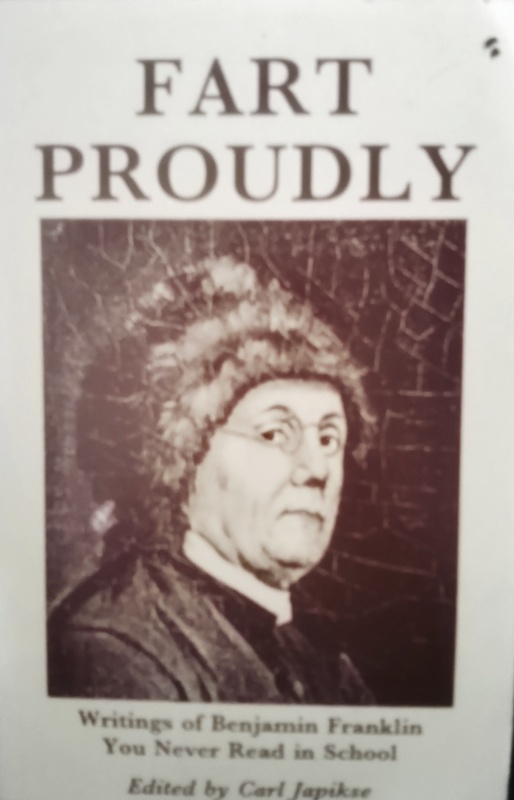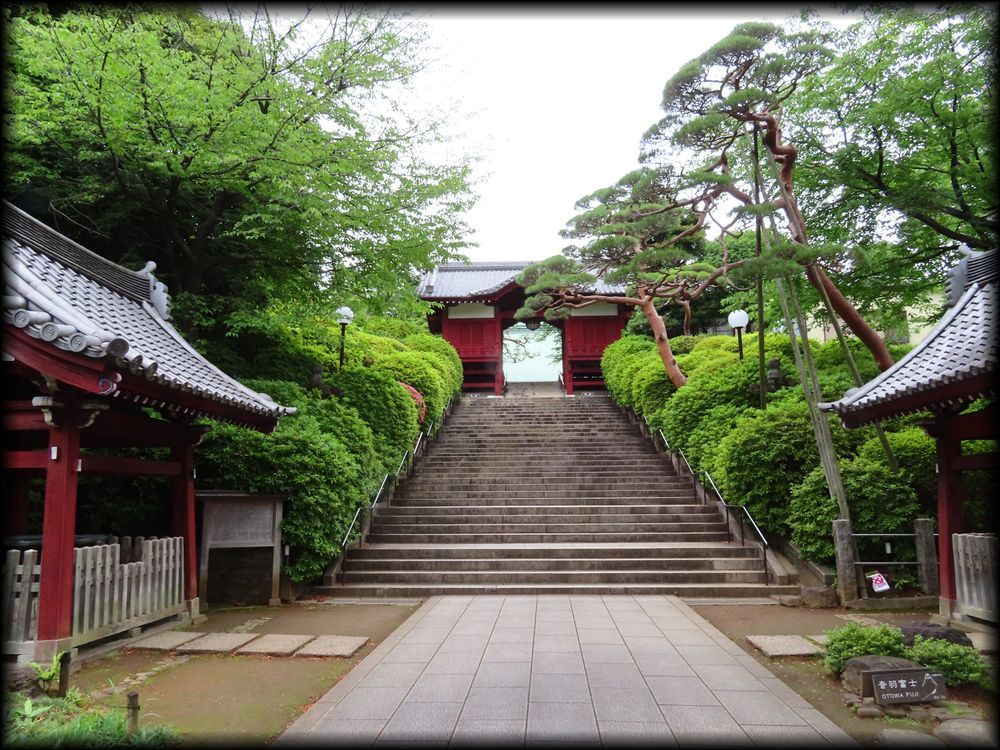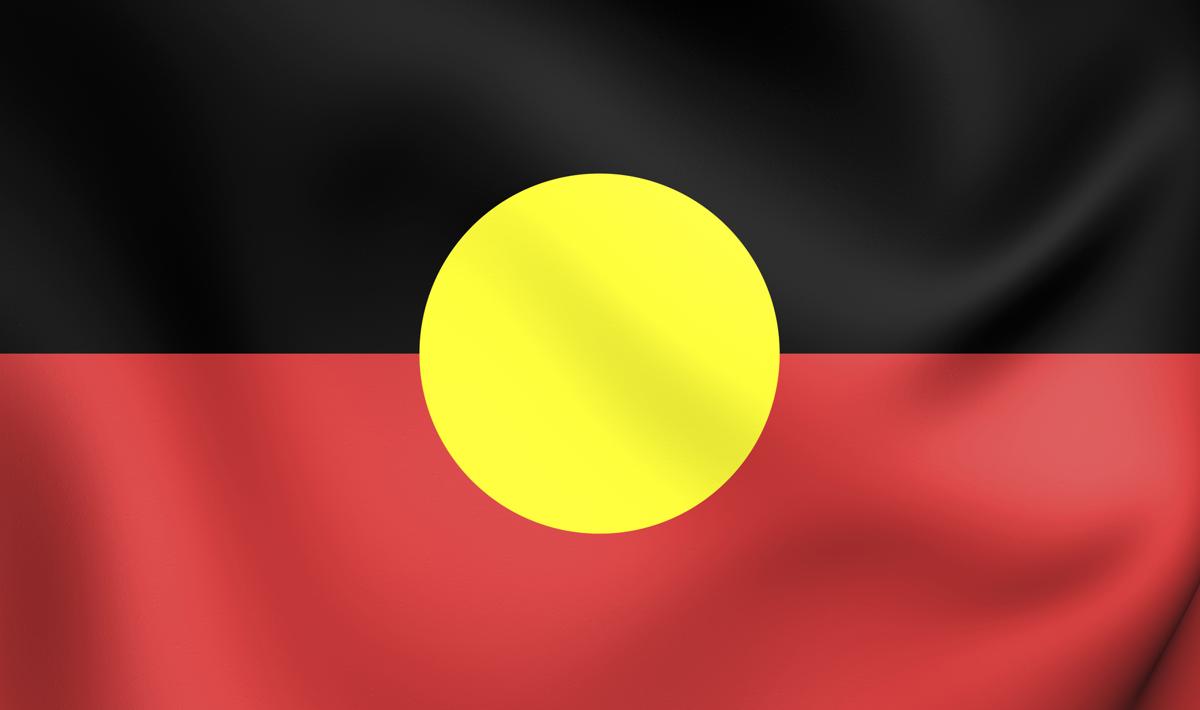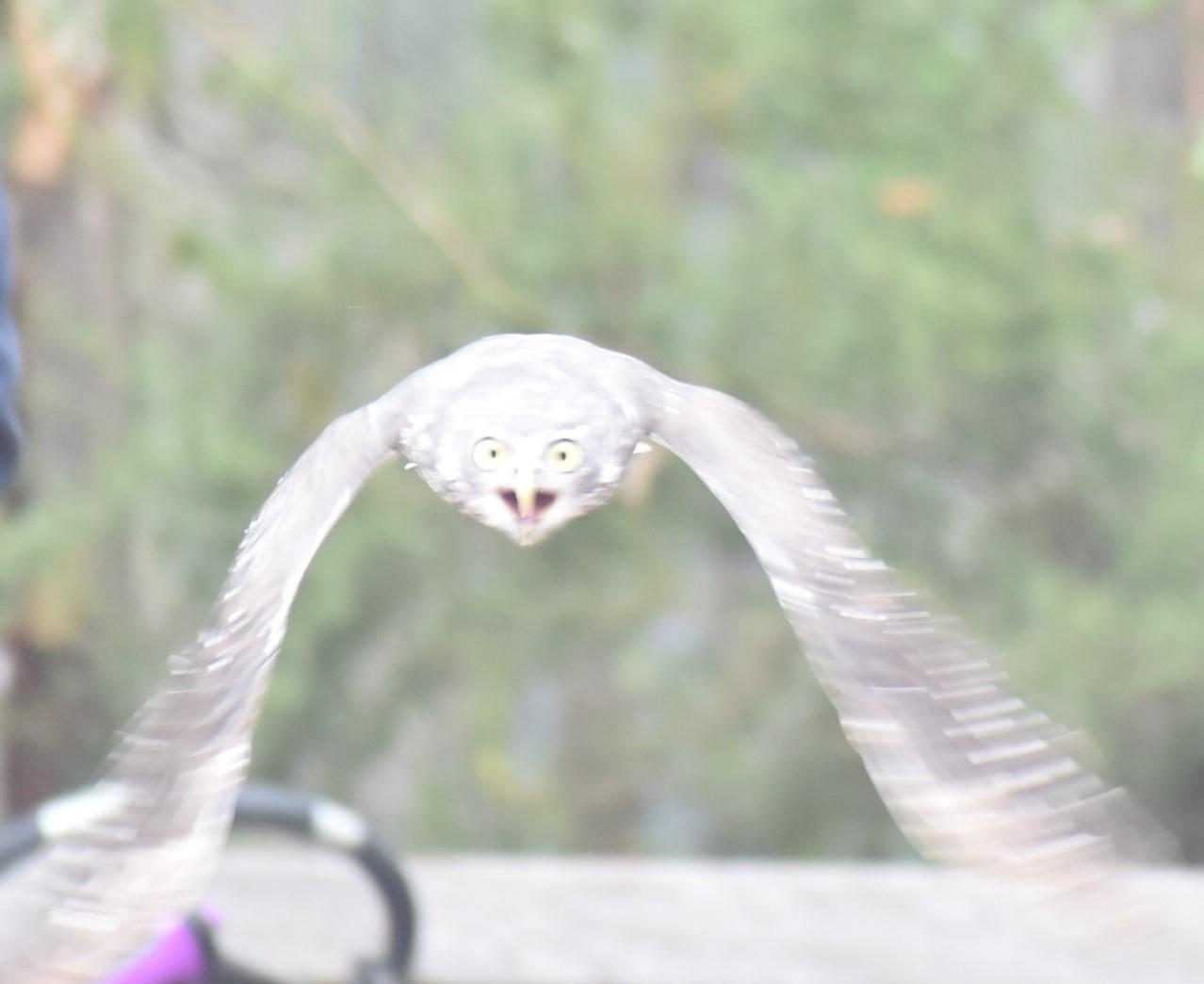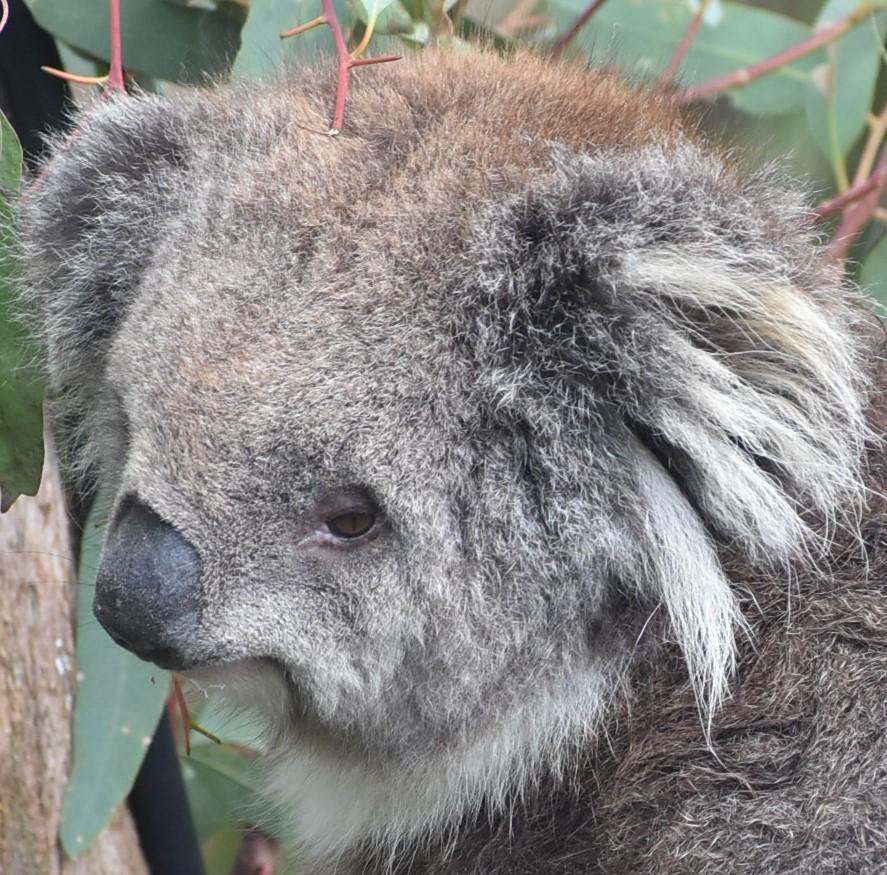Kaura no Hancho Kaigi (Honchos’ Meeting in Cowra) superbly dramatizes events surrounding a definitive incident in Australia-Japan relations. The play being performed by the Rinkogun theater group daily until March 24 (with two shows on March 19 and 21) centers on the Cowra Breakout, an attempted escape by about 550 Japanese prisoners of war being held in an Australian POW camp in August 1944. Interwoven with the action surrounding the decision to rebel and attempt to escape or die trying by a group of men whose own homeland had effectively killed them by bureaucracy and cultural manipulation is a tale…
-
-
オーストラリアで「最も気まぐれな田舎町」と言われてもおかしくないニューサウスウェールズ州パークスで故ロック王者エルヴィス・プレスリー氏を称える南半球最大の「プレスリー・フェスティバル」が9日付から行なう。 The Parkes Elvis Festival, a series of events marking Elvis Presley, the late King of Rock’n’Roll, will be held in the central New South Wales town of Parkes, arguably Australia’s quirkiest municipality, from Jan. 9. もはやパークスの恒例な行事となった「プレスリー・フェスティバル」は初回のちょうど20年前に約200人しか来なかったが年々大きくなり開催中の五日間では同町人口約1万人が3倍となり3万弱がやってくるようだ。 The Parkes Elvis Festival, now an important annual event, attracted about 200 people when it was first held 20 years ago, but now swells by threefold the town population of 10,000 over the five days it’s held. プレスリーのそっくりさんパレードかコンサートやプレスリー氏の妻だったプリシラさんをモチーフにする「ミス・プリシラ」コンテストなど、祭り関連約150行事が披露される。 About 150 events are held in conjunction with the festival, including an Elvis lookalike parade, concerts and the Miss Priscilla contest seeking to find a…
